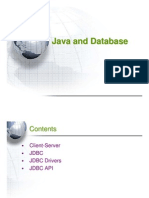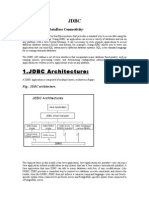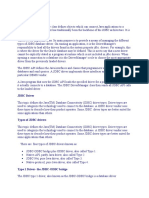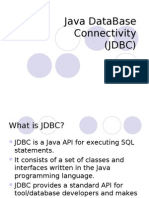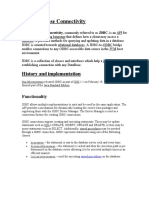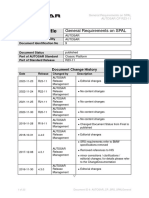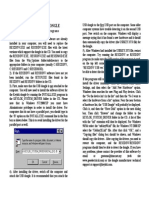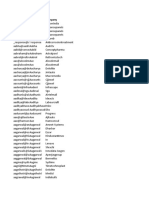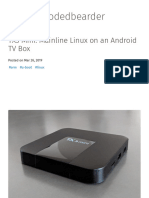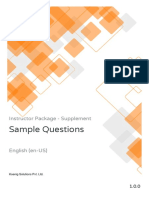0% found this document useful (0 votes)
24 views26 pagesJDBC-Lecture 1
The document provides an introduction to JDBC including its history, driver types, and how it maintains connections to databases. The four driver types - JDBC-ODBC bridge, native, network, and pure Java - are described along with their advantages and disadvantages.
Uploaded by
Nidhi GuptaCopyright
© © All Rights Reserved
We take content rights seriously. If you suspect this is your content, claim it here.
Available Formats
Download as PPTX, PDF, TXT or read online on Scribd
0% found this document useful (0 votes)
24 views26 pagesJDBC-Lecture 1
The document provides an introduction to JDBC including its history, driver types, and how it maintains connections to databases. The four driver types - JDBC-ODBC bridge, native, network, and pure Java - are described along with their advantages and disadvantages.
Uploaded by
Nidhi GuptaCopyright
© © All Rights Reserved
We take content rights seriously. If you suspect this is your content, claim it here.
Available Formats
Download as PPTX, PDF, TXT or read online on Scribd
/ 26

















